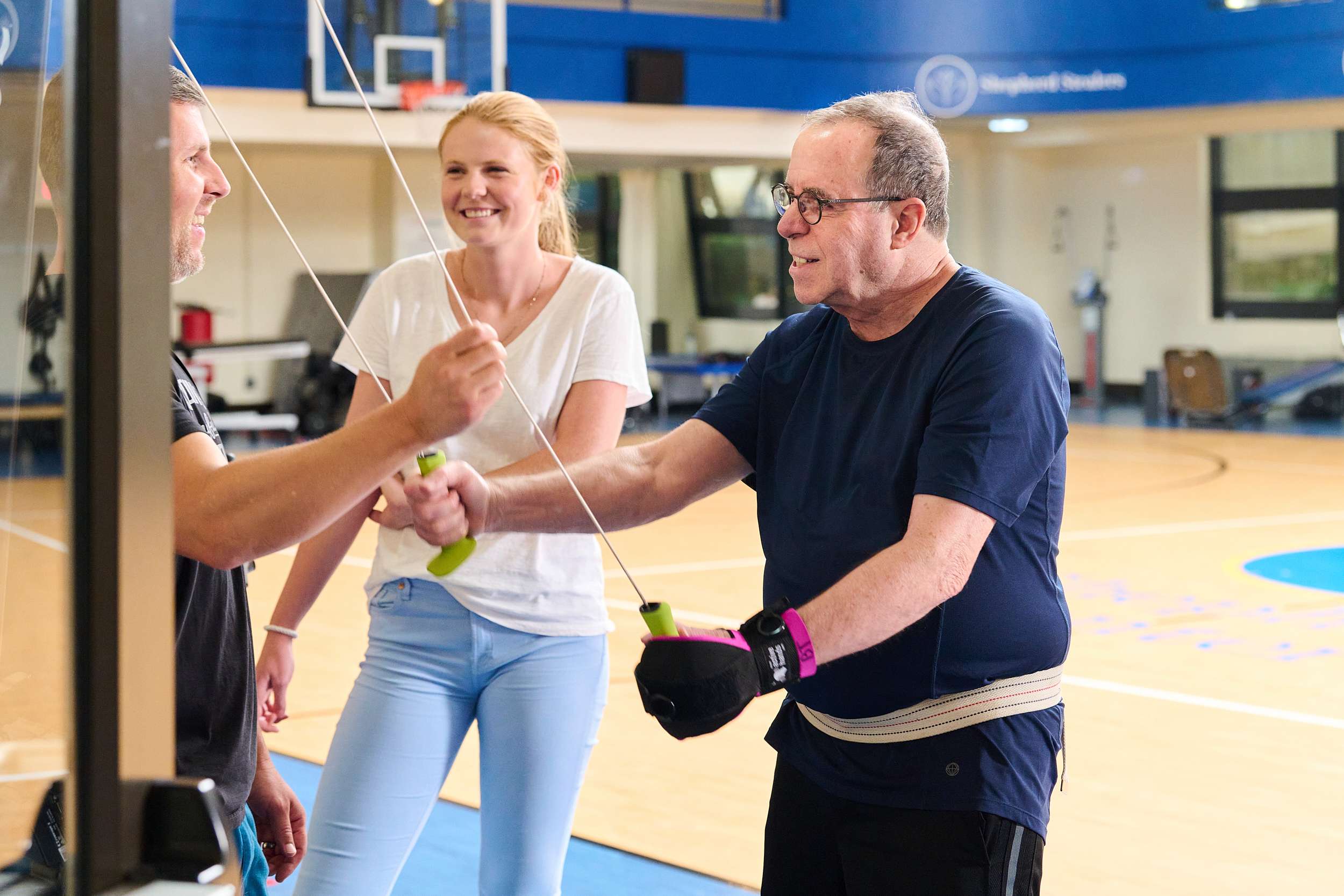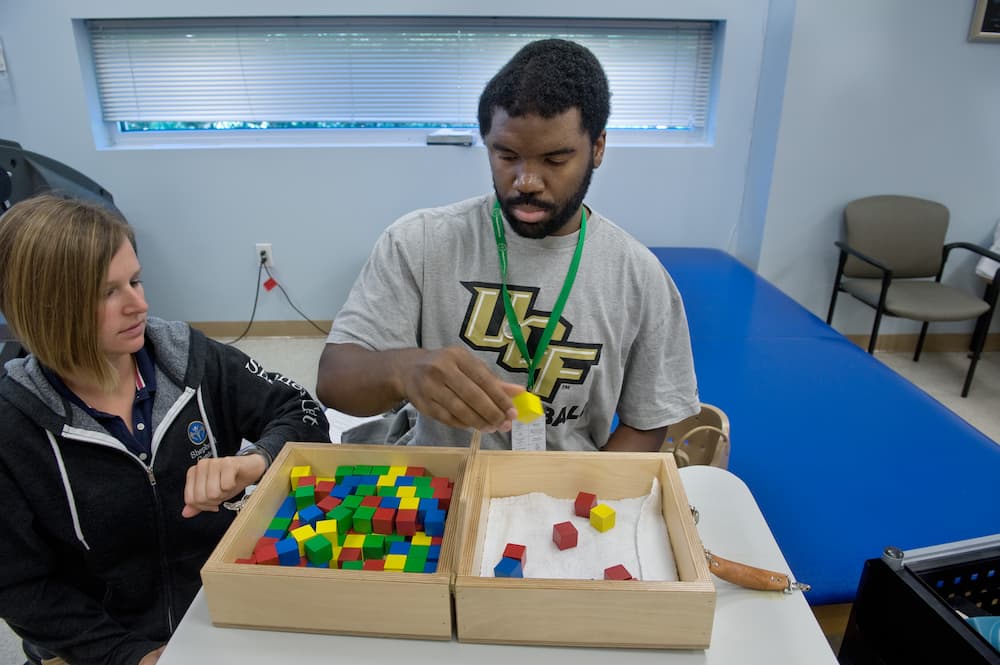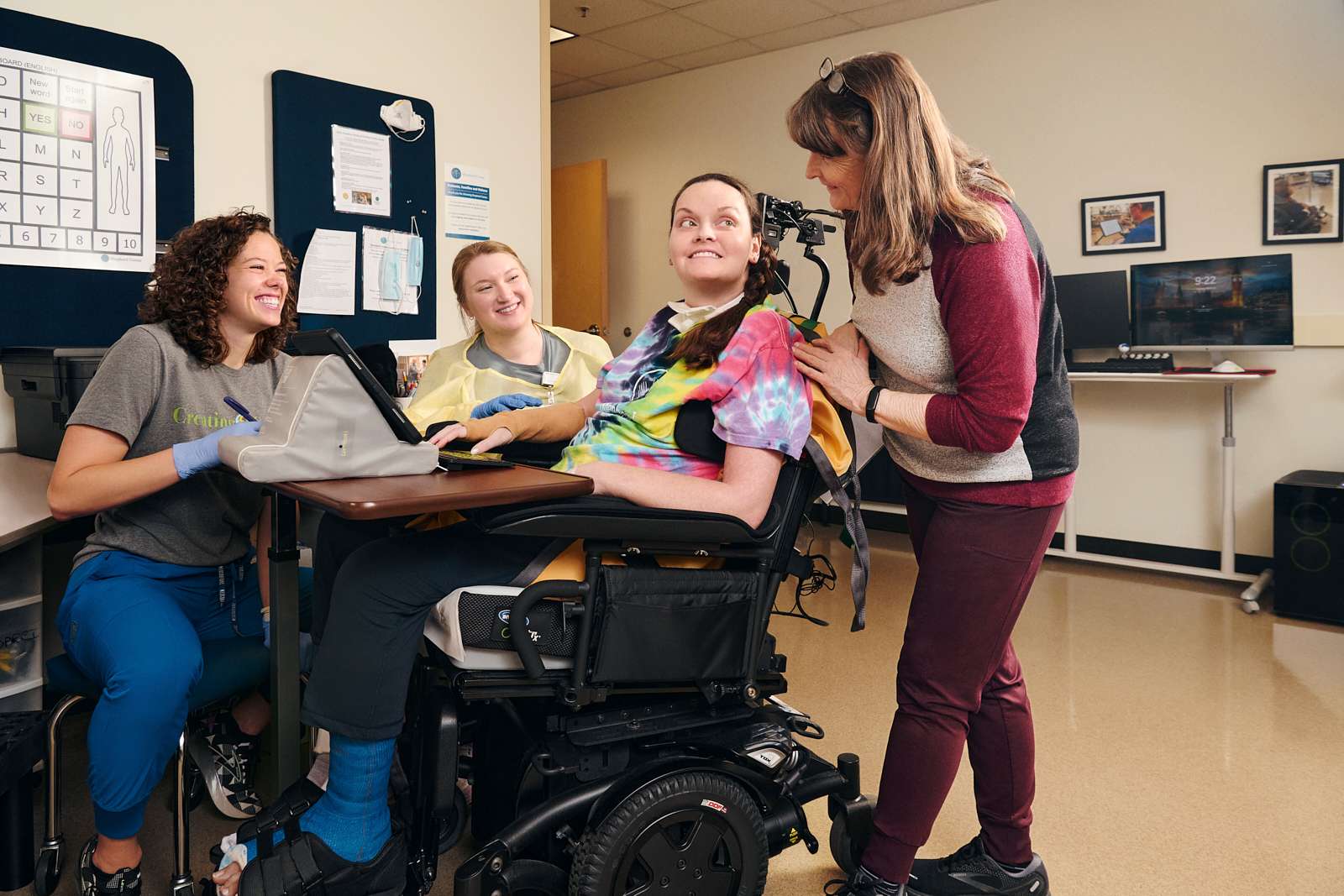What is a stroke?
A stroke occurs when blood flow to the brain is interrupted, depriving it of oxygen and nutrients. This can lead to significant brain damage or even death if not treated promptly.

A stroke occurs when blood flow to the brain is interrupted, depriving it of oxygen and nutrients. This can lead to significant brain damage or even death if not treated promptly.
Every year, more than 795,000 people in the United States have a stroke.
Centers for Disease Control (CDC)Nearly 87% of all strokes are ischemic strokes, in which blood flow to the brain is blocked.
Centers for Disease Control (CDC)Recognizing the signs of a stroke and acting quickly can save lives and reduce the risk of irreparable damage. If you suspect a stroke, do not hesitate to seek immediate medical attention.
An effective method for identifying a stroke is the BEFAST method:
There are five primary types of strokes: ischemic, hemorrhagic, transient ischemic attack (TIA or mini-stroke), brainstem stroke, and cryptogenic stroke (unknown cause). While the core symptoms of weakness and numbness are common across all types, strokes can manifest in different ways depending on what caused the stroke.
Strokes can affect anyone, but certain groups are at higher risk. Older adults, individuals with pre-existing conditions like high blood pressure or diabetes, and those with a family history of stroke are particularly vulnerable.
Strokes are generally caused by either a blockage of blood flow (ischemic stroke) or bleeding in the brain (hemorrhagic stroke). Other causes include transient ischemic attacks (TIAs), often referred to as mini-strokes.
Additionally, atrial fibrillation, a heart condition causing irregular heartbeat, significantly raises the risk. Family history and age also play a role, with older individuals and those with a family history of stroke being more susceptible.
Several factors increase the likelihood of experiencing a stroke, including:
Diagnosing a stroke involves a comprehensive process. Your doctor and emergency team must determine your type of stroke before a proper treatment can be provided. The following ways are how your physician will properly diagnose your stroke:

Prompt treatment is vital for stroke recovery, as the primary goal is to restore blood flow to the brain and minimize damage. Treatment varies by stroke type and may include medications to dissolve clots or manage risk factors, surgical procedures like thrombectomy, and therapies such as physical, occupational, and speech therapy to aid recovery.

Take the first step toward recovery with Shepherd Center's renowned stroke rehabilitation programs. Our compassionate team of specialists combines cutting-edge therapies, personalized care, and a supportive environment to help you regain strength, mobility, and confidence.